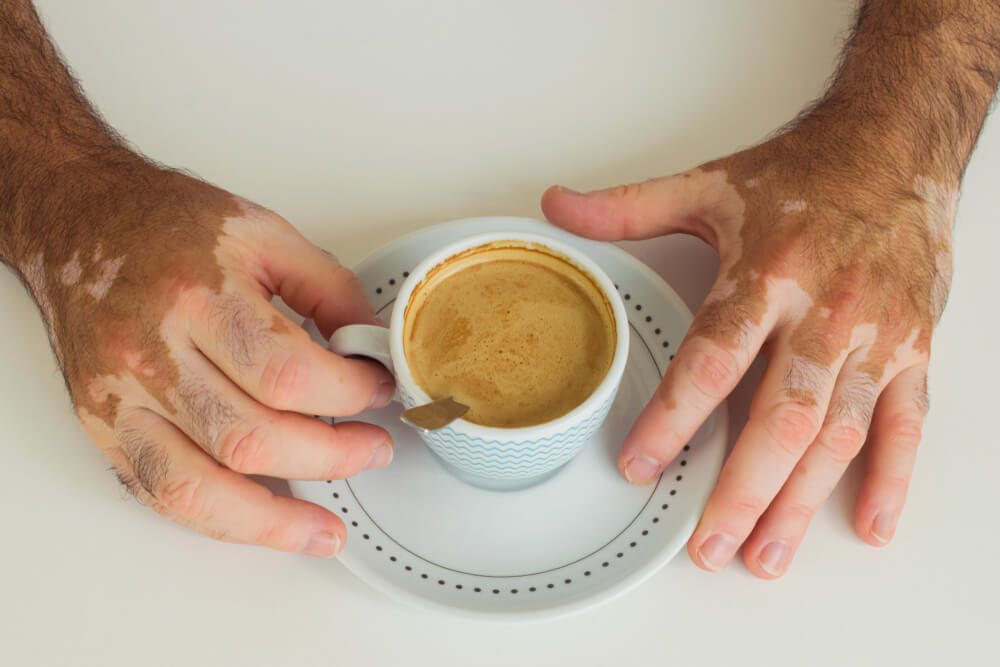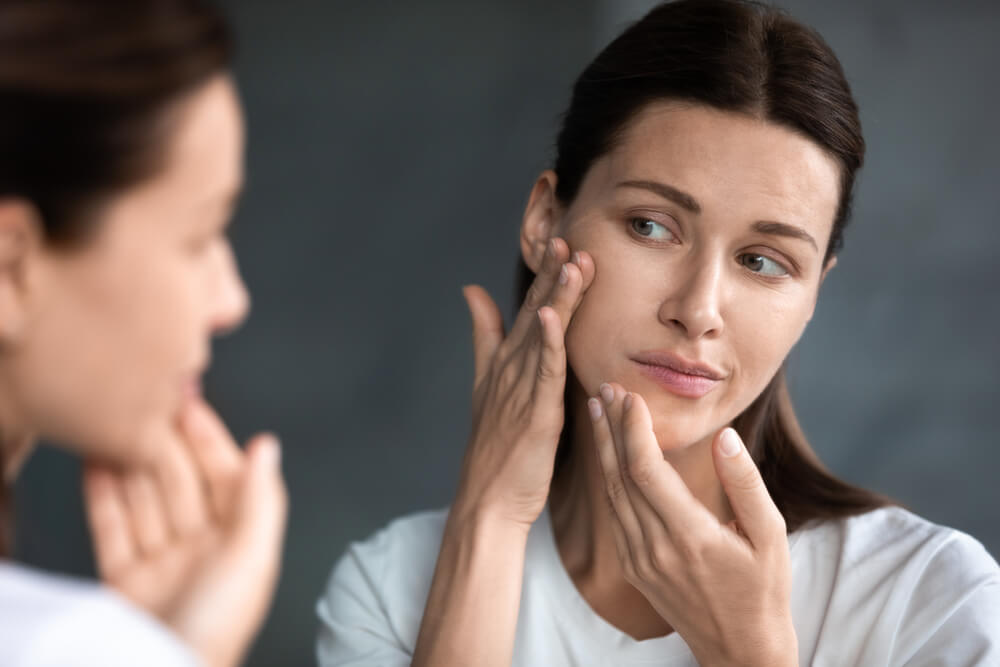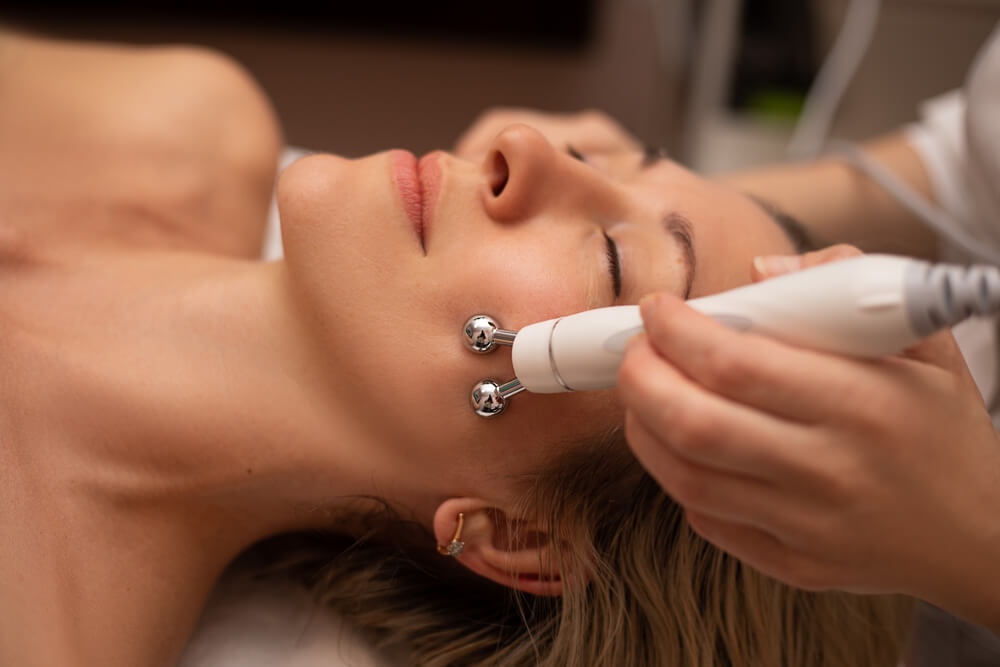In the age of social media and selfies, people often use Photoshop or Facetune to make their skin perfectly clear, which is what is viewed as desirable. However, in normal life, the skin is full of natural imperfections. There are blemishes of many types, and how you treat them will vary based on what has caused them.
What Are Blemishes?
A skin blemish is any mark, flaw, discoloration, or spot that is seen on your body. Some can be nothing more than an annoyance, but others can be as serious as signs of cancer.
Types of Blemishes
The best way to answer the question “What are blemishes?” is to recognize the various imperfections you may see. The following are the top eight types of skin marks:
- Acne
Acne is the most common skin disorder that people deal with. This condition consists of pimples, blackheads, or whiteheads. It is caused when body oil, dirt, or bacteria clog follicles. Hormones also play a huge part in this condition, which is why it is common for teenagers to experience acne. If acne is not treated, it can cause skin discoloration and scarring.
- Skin Lesions
Acne is not the only cause of bumps or lesions on the skin. Rashes, chickenpox, dermatitis, and eczema are among the other causes. Shingles and psoriasis have also been known to cause papules (lesions). This type of skin blemish is generally found in clusters, while acne is seen individually.
- Nodules
Warts and skin tags are the two most common forms of nodules seen on the skin. They are simply a collection of tissue cells that can be up to 2 centimeters in diameter. Generally, nodules are the same color as the skin, but they may carry a red tone to them.
- Discoloration
There are several types of discoloration that may occur on the skin. Dark spots that show up in people over the age of 50 are known as age spots, and they form due to sun exposure. Birthmarks are color changes on the skin found at or shortly after birth. These markings can be varied in size, color, and shape. Some will fade over time, but others are lifelong. Hormonal changes can cause melasma, especially during pregnancy. These brownish patches will disappear as the hormone levels return to normal.

- Ingrown Hair
Ingrown hairs sometimes form naturally, but they are generally the result of tweezing, shaving, or waxing hair. These are more common in people who have curly hair, and they occur when a hair grows back into the follicle and then becomes trapped. Ingrown hairs can be quite painful to the touch and even cause cysts to form.
- Cysts
Cysts are bumps on the skin filled with fluid that is typically benign. Epidermoid, ganglion, and sebaceous are the three most common types of cysts. Cold sores are a type of contagious cyst caused by the herpes virus. It is important to monitor cysts to make sure they do not cause further problems.
- Scars
Your skin comprises different layers. When the dermis layer is damaged, a scar will form. You may think of scars forming only from deep cuts or rapid skin stretching that can occur due to rapid weight gain or pregnancy. However, anything that causes an opening in the skin, including acne, can lead to scarring.
- Cancer
Skin cancer often appears as a blemish that might be confused for other types of irregularities. There are several types, with melanoma being the most common and dangerous. It is impossible to tell whether a marking is cancerous without having a physician testing it.
Causes of Blemishes
Viruses, infections, genetics, and sun exposure can all cause discolorations, bumps, and other markings on your skin. You can sometimes prevent these conditions through proper diet and hygiene, but not always. Some medications cause acne and discoloration of the skin. This side effect is most common with steroids and antiseizure medications. Any medication that affects your hormone levels can also lead to skin imperfections.
How to Get Rid of Blemishes
Knowing what a blemish is and what causes it is the start of treating the problem. When you are looking for blemish treatment in Hialeah, it is important to keep in mind that many options are available. In some cases, it is easy to determine what caused the imperfection in the first place and treat it accordingly. However, if it worsens or does not go away with the treatment method you are trying, talk to your physician.
Discoloration
An overproduction of oil by your body is typically the cause of acne. You can find many over-the-counter products formulated to clean the skin deeper than regular facial soap. These astringents, topical gels, and scrubs are found in the health and beauty aisles of most stores. In some cases, though, you will need a prescription-strength product to treat your condition.
Hydrocortisone Cream
If your body is having an allergic reaction, hydrocortisone cream can assist with stopping the itching. These products reduce inflammation and rashes. It is important to follow the directions on the package. If you are not seeing relief in a couple of days or the condition worsens, speak to your physician.

Natural Treatment
If you prefer a more homeopathic solution to skin blemish removal, there are a few products that have been known to keep skin healthier. Witch hazel is a natural astringent that will remove dirt and bacteria from pores. Aloe vera keeps your skin’s moisture locked inside and aids in treating conditions caused by UV rays. Food allergies will also cause skin conditions, so experiment with your diet to see if you have developed an allergy or an intolerance. You will want to make sure that you keep a detailed log of foods you eliminate and give your system time to cleanse.
Dermatologic Treatment
Another answer to how to get rid of blemishes is with dermatologic treatments. Licensed practitioners provide these treatments, and they are known for removing age spots, scars, acne, and much more. A few different available treatments include chemical peels, laser therapy, and microdermabrasion. Dermatologists often offer consultations to give you a better idea of how they can help you and what you can do at home to improve results.
When You Need a Doctor
A skin marking can sometimes be more than an annoyance. If you notice bleeding or a change in color and/or size, you should consult with your physician. These can be a sign of a more serious condition. In addition, some infections and viruses can only be treated with prescribed medications. Finally, some doctors may need to perform a skin blemish removal.
We know that it can be difficult to see discolorations and markings on your skin. However, when you identify what they are, it is possible to uncover the cause. The best part is that many imperfections can be treated. Ready to learn more? Contact us today to schedule your treatment in Hialeah.


